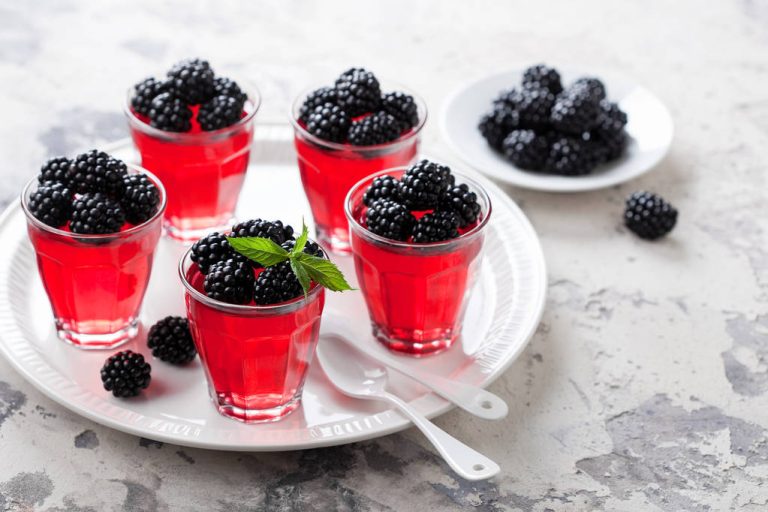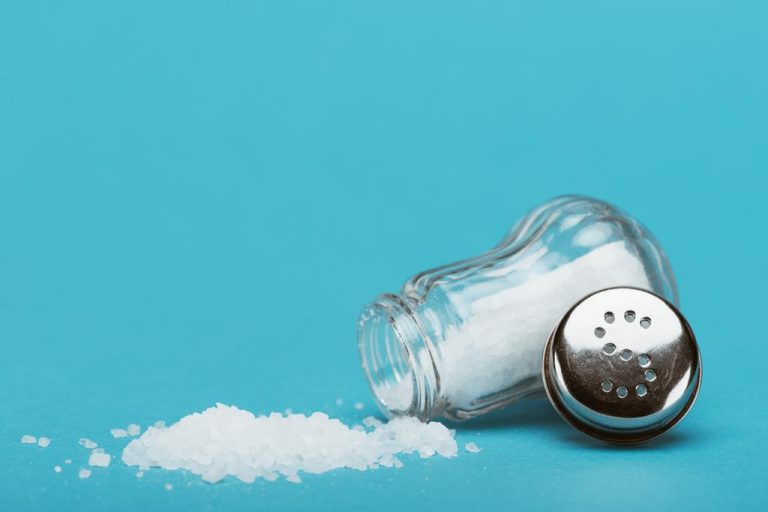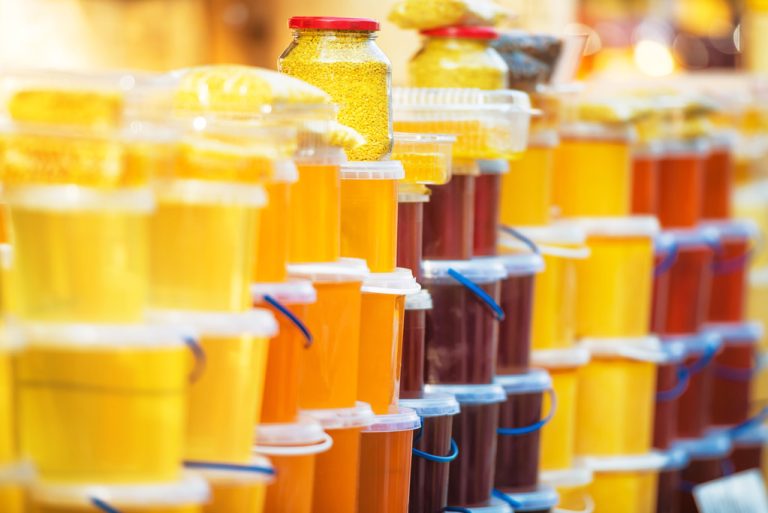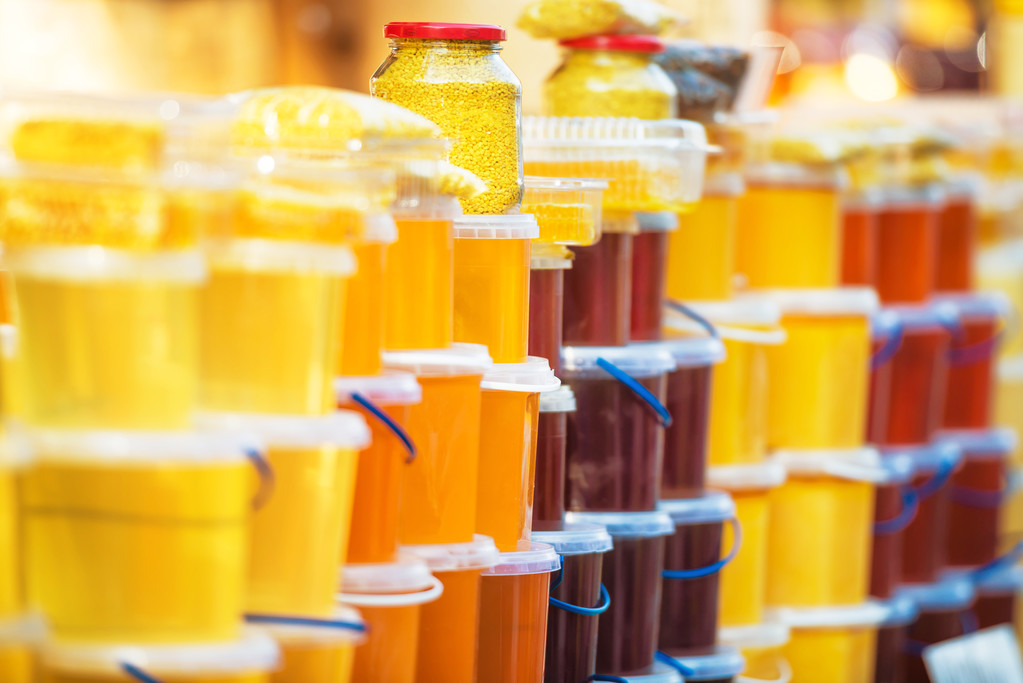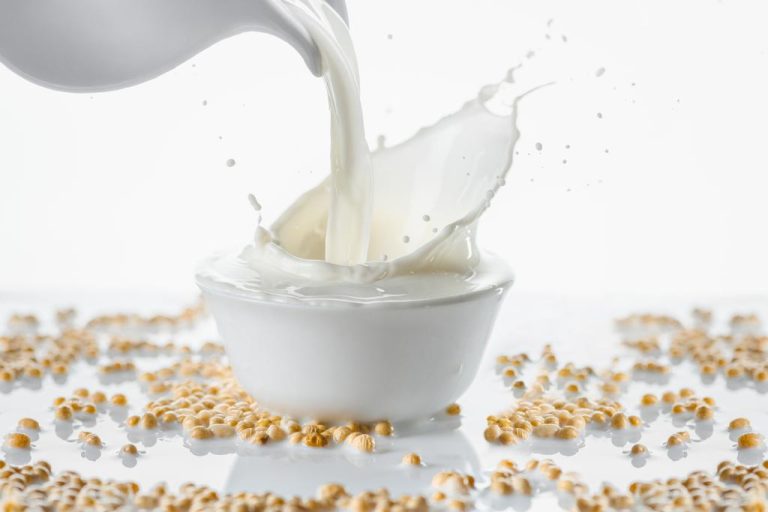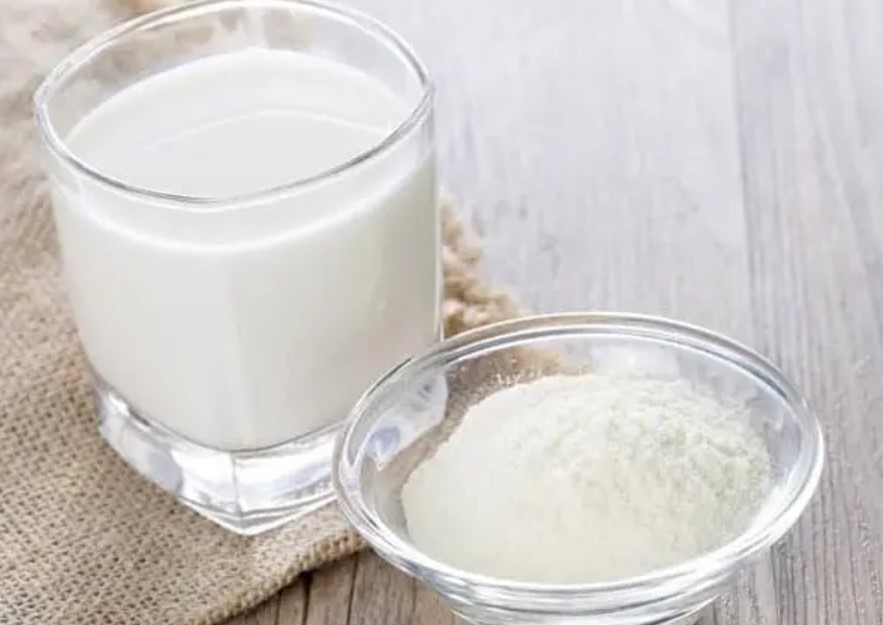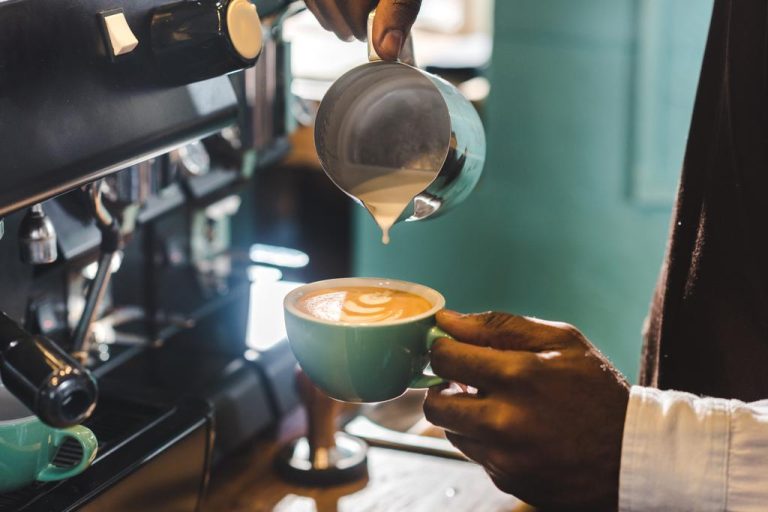Coffee is an essential part of everyday life for many people. But the long transport route, the exploitation of the coffee farmers and the use of pesticides speak against conventional coffee beans and in favor of regional coffee alternatives. You can read here which regional coffee alternatives are available and what advantages they have.
For around 80 percent of Germans, coffee in the morning, with cake or with a chat over coffee in a café is part of life. We think far too rarely – if at all – about the origin of the coffee and the production conditions.
What speaks against coffee beans?

Coffee beans are grown in around 20 different countries – the majority come from Brazil and Vietnam. So that we can enjoy a cup of coffee in Germany, the coffee beans have to travel a long way by ship. This requires large amounts of fuel and produces quite a bit of CO2 emissions.
Unless the coffee is certified organic, pesticides and sometimes genetically modified plants are usually used in coffee cultivation.
Coffee cultivation uses a large amount of water: about 140 liters of water are needed per cup of coffee.
In the producing countries, the coffee farmers work under difficult working conditions: They have no regulated access to export markets, fluctuating world market prices threaten to cover their production costs and climate change threatens their existence through crop declines or crop failures.
Nine regional coffee alternatives
If you want to limit your coffee consumption or even do without coffee altogether, you can use coffee alternatives. These are regional, do not have to travel long distances and can sometimes even be made by yourself.
1. Wrong coffee: Muckefuck
Almost everyone has heard of Muckefuck: The term probably comes from the French “mocca faux” (fake coffee) and is a general term for coffee-like beverages such as malt, grain or chicory coffee. The coffee alternatives are often available in different versions: for infusion or as an instant product.
2. Coffee alternative: Malt coffee
Malt coffee consists of malted barley: the ripe barley grains are soaked in water and allowed to germinate. The enzymes in the grain convert some of the starch it contains into malt sugar. The grains are now dried and roasted. This caramelizes the malt sugar and creates the coffee-like taste and brown color. To prepare, pour hot water over the easily soluble powder.
The best-known malt coffee is Caro coffee – but there are now also many organic malt coffees, for example at Alnatura (EUR 2.59/100 g) or dm (EUR 2.45/100 g). The coffee alternative is caffeine-free and, thanks to the lower tannin content, is easier on the stomach than coffee beans. Since the high temperatures during roasting can produce acrylamide, you should not drink more than two to three cups per day. Despite the new EU regulation, this also applies to coffee beans.
3. Grain coffee: Coffee alternatives made from spelt, rye, barley and corn
The difference between malt and grain coffee is that the grains do not germinate. Grain coffee therefore contains no malt sugar and is only for real lovers due to the larger amount of bitter substances. Grain coffee is made from different types of grain: spelt, rye, barley and, rarely, corn.
Spelled coffee in particular is said to have a digestive effect. The slightly bitter flavors stimulate liver and bile function. In addition, grain coffee contains a lot of high-quality protein, complex carbohydrates and numerous trace elements, minerals and vital substances. Since acrylamide was also detected in grain coffee a few years ago, you should leave it at two to three cups a day.
4. Chicory coffee: Coffee alternative made from chicory roots
Chicory coffee is made from the roots of the common chicory. The roots are cut into small pieces, dried and then roasted. The juice contained in the roots caramelizes during roasting and gives the chicory coffee a coffee-like taste.
Hippocrates already knew how healthy the roots are: fresh they are said to help against pulmonary tuberculosis, their decoction is said to be effective against jaundice and liver enlargement. Chicory coffee is available in organic shops from various organic manufacturers, for example from Lima (approx. 5.50 euros/500g) or Naturata (approx. 6 euros/110g).
5. Coffee alternative: (sweet) lupine coffee
Lupine coffee is obtained from the sweet lupine. The plant belongs to the legume family and, unlike the conventional lupine, is not poisonous. Their seeds are dried and gently roasted – this is why lupine coffee contains very few bitter substances. Lupine coffee is very aromatic and comes close to the taste of coffee beans. Like all coffee alternatives, it contains no caffeine. Unlike grain coffee, lupine coffee is gluten-free and very low in acid. In addition, the sweet lupins contain a lot of protein, various vitamins and trace elements.
Another great advantage of sweet lupins is that, in addition to being cultivated regionally, they can also be used as a natural fertilizer: they loosen the soil and bind nitrogen.
You can buy sweet lupine coffee in health food stores or health food stores.
6. Do-it-yourself coffee alternative made from chestnuts
In autumn – from around the end of September to November – is the harvest time for chestnuts. The delicious nuts contain various minerals such as calcium and magnesium as well as B vitamins and vitamin C. You can also use them to make coffee:
First, remove the prickly shells. Then the fruits go into the oven at 120 °C until they turn slightly brown. To prevent acrylamide from forming, you should make sure that the chestnuts do not turn too brown. When they have cooled down, you can chop the chestnuts, grind them and prepare them like normal coffee. The result is a nutty, slightly sweet alternative to regular coffee.
7. Regional dandelion roots as a coffee alternative
The dandelion roots for dandelion coffee are also best harvested in the fall. At this point the plant regresses and all the nutrients accumulate in the root. The bitter substance taraxin it contains increases gastric juice production and stimulates digestion and bile production. Therefore, this coffee alternative can help with digestive problems.
Thoroughly clean the freshly dug roots and let them dry for about a day. Then cut them into small pieces and toast them in a pan on low heat until the roots turn light brown. When the root pieces are cool, you can grind them into powder in the blender. For a tasty, strong cup of dandelion coffee, place a spoonful in a filter and brew with hot water – if you like it a little milder, you’d better use a little less powder.
Did you know that dandelion can also be eaten in a salad? You can find more recipe ideas here: Dandelion salad: Tips and recipes to make yourself
8. Autumn coffee alternative: acorn coffee
The third autumnal coffee alternative to make yourself is acorn coffee. The regional product not only impresses with its good ecological balance, but also with its tart and slightly spicy taste. The “coffee” stimulates digestion and helps against heartburn by regulating gastric acid production.
Acorn coffee is easy to prepare: First, heat the acorns in a pan – this expands the inner core and makes them easier to peel. Soak the peeled kernels in water for a day or two. This removes the tannins they contain. Stir occasionally and change the water when it becomes cloudy. Then drain the acorns and roast them like the chestnuts in the oven at 120°C. Then chop and grind them and brew them like regular coffee. Acorn coffee is said to help against indigestion and be good against nervousness.
9. Do-it-yourself regional coffee alternative: rosehip coffee
Rosehip puree or tea is widespread – rosehip coffee, on the other hand, is something special for us: In autumn you can collect the rosehips, halve them and remove the seeds. Wash the seeds, remove the hairs and let them air dry. Then you can roast the seeds in the pan. Then grind them and brew them like coffee beans. Rosehip coffee is said to be a good remedy for gastritis. In addition, rosehips contain a lot of vitamin C – which unfortunately is not heat-resistant.
Conclusion: regional coffee alternatives

Unfortunately, for passionate coffee drinkers, all coffee alternatives have one major disadvantage: they contain no caffeine. If you want to avoid caffeine for at least a while or are specifically looking for a non-stimulating alternative, you should definitely try these regional coffee alternatives. If you still don’t want to do without bean coffee, you should use fair organic coffee for the sake of the environment and the coffee farmers.



